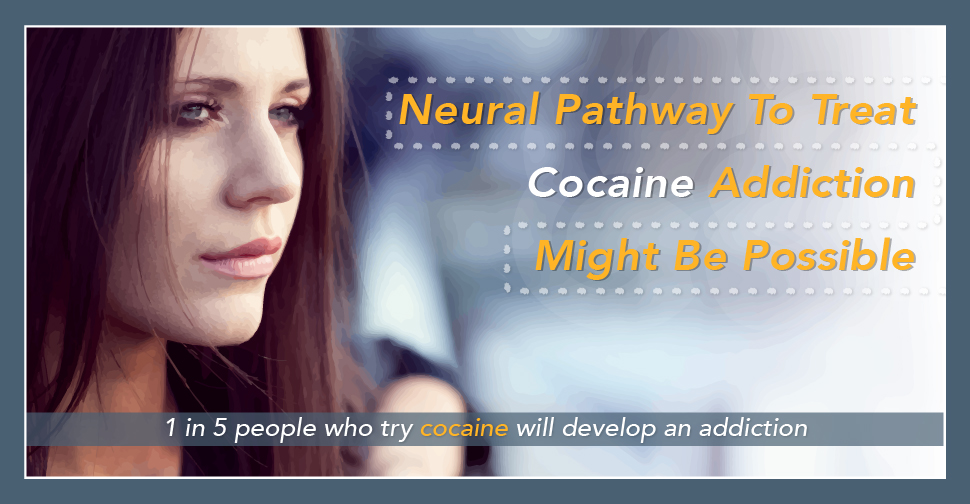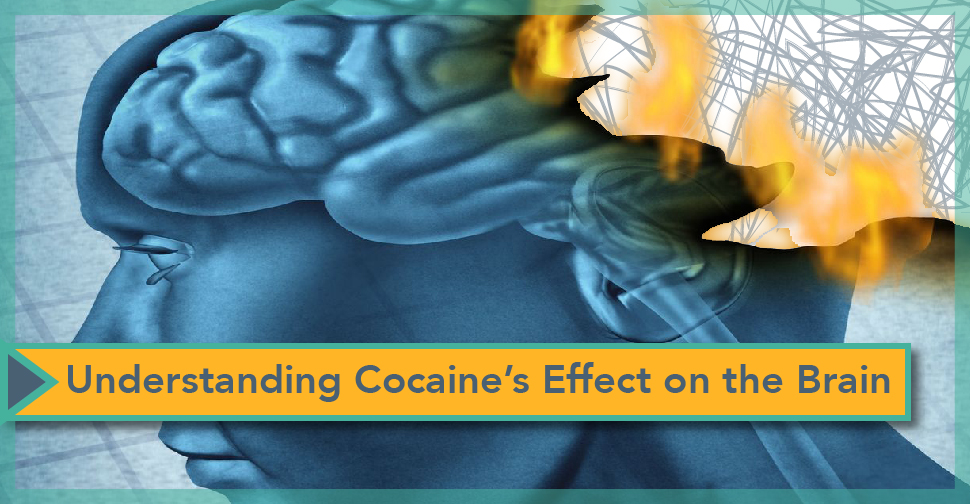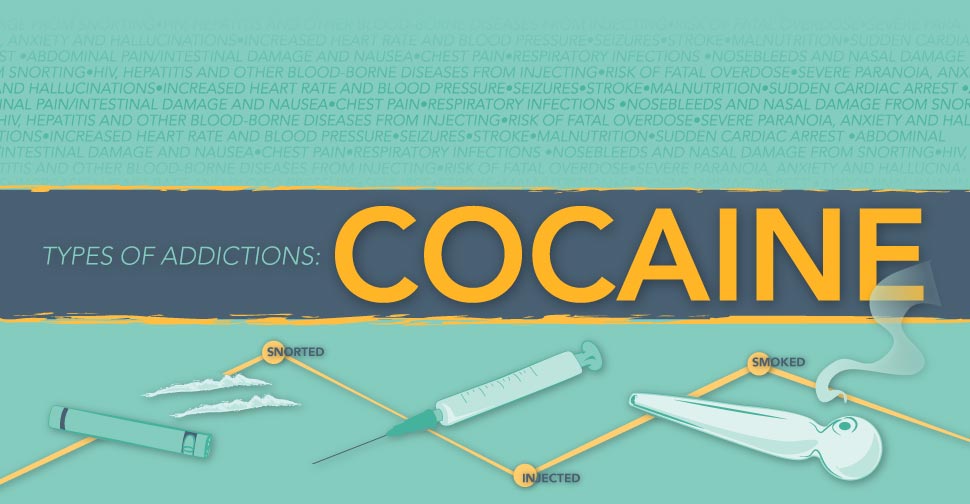Where Do Cocaine And Crack Come From?
The coca-bush (erythroxylum coca) is natural stimulant that’s native to South America. Its leaves are believed to have been used in ceremonies by the Incas over 4,000 years ago to speed up their heart rates and better sustain survival in high elevations. Fast forward a few thousand years, and in the 1500s, Peruvians chewed on the leaves for the natural euphoric and numbing effect they produced—this was eventually put to a halt by Spanish conquerors.
 Since then the coca plant has grown in popularity among the rest of the world, especially since cocaine was first developed in 1859 by German chemist Albert Niemann. Years later, in the 1880s the coca-bush and cocaine made a name in medicine as an anesthetic, and ingredient in popular soft-drinks like Coca-Cola (Note: it’s no longer used in the beverage).
Since then the coca plant has grown in popularity among the rest of the world, especially since cocaine was first developed in 1859 by German chemist Albert Niemann. Years later, in the 1880s the coca-bush and cocaine made a name in medicine as an anesthetic, and ingredient in popular soft-drinks like Coca-Cola (Note: it’s no longer used in the beverage).
Nearly 100 years after the first appearance of cocaine, appeared crack. It was an experimental drug at first, that was born out of the 1970s and gained most of its popularity in the 1980s. Though both cocaine and crack are derivatives of the coca-bush, and widely popular in the world of drug abuse, they became popular in very different times of human existence.
What Is Cocaine And How Is It Produced?
Cocaine is a highly addictive stimulant that can be snorted, injected into the bloodstream, or it can be freebased. Cocaine is usually a fine white substance and generally comes in powder form. The chemical, cocaine-chloride comes directly from the coca-bush, but when drug dealers get their hands on it they can cut or lace with other non-psychoactive substances such as “cornstarch, talcum powder, flour, or baking soda to increase their profits. They may also adulterate cocaine with other drugs like procaine (a chemically related local anesthetic) or amphetamine” (National Institute on Drug Abuse – NIDA).
What Is Crack And How Is It Produced?
Crack is a smokeable, less expensive, and more profitable version of cocaine. Crack comes further down the line from cocaine, and after it’s mixed with a legal non-euphoric substance like ammonia or baking soda it’s cooked down to remove the hydrochloride and produce a smokeable product—typically in the form of an off-white or yellow looking rock. A crack rock, unlike cocaine powder, is water insoluble. “The term crack… refers to the crackling sound heard when the mixture is smoked” (NIDA).
What Schedule Drugs Are Cocaine And Crack?
Cocaine and crack are labeled as Schedule II drugs by the DEA, because of their “high potential for abuse, with use potentially leading to severe psychological or physical dependence. These drugs are also considered dangerous.”
Can You Smoke Cocaine Or Snort Crack?
Cocaine can be mixed with marijuana; a combination referred to in some circles as a one-fifty-oner but by itself, cocaine isn’t normally smoked. Similarly, since crack comes in the form of a rock, it would be unfit to snort up one’s nose. These drugs are dangerous enough on their own as it is, and the preferred methods of use seem to be working—and no matter how a person uses the drug (unless in medicine) it’s illegal.
How Many People Are In Prison For Cocaine Or Crack?
“Over three-quarters of DWI offenders in jail reported using drugs in the past. Among jail inmates held for DWI, marijuana (73%) and cocaine-based drugs including crack (41%) were the most commonly used drugs. Thirty percent of those in jail reported drug use in the month prior to arrest” (Bureau of Justice Statistics). This source will go on to say that in 2002, 11% of U.S. prison inmates were high on cocaine or crack at the time of their arrest—a number that was down from 16% in 1996.
Is Crack More Dangerous Than Cocaine?
Both cocaine and crack are considered dangerous and can be fatal. There were approximately 7,000 cocaine fatalities from 2002 to 20015, and about 60% of those involved an opioid such as heroin (NIDA). Because most of these results were found during an autopsy, it’s inconclusive as to whether the drug being used was crack or cocaine.
Cocaine And Crack Can Be Laced With Other Drugs
Cocaine and crack are regularly laced with other drugs such as meth, marijuana, and opioids. Some people will mix cocaine or crack with heroin which makes for a less intense come-down from the heroin. This mixture of stimulant and depressant is known as a speedball and it can be a fatal combination. What tends to happen when a user mixes an upper with a downer is the drugs cancel each other out—the cocaine reduces the effects of the heroin, so users will continue using heroin to get the high their brain and addiction is seeking.
The serious issue and danger occurs when the cocaine wears off well before the heroin. After that, a user is left with an intense, and often deadly heroin high. Because of the mind blowing euphoria that comes with speedballing; addiction and overdose are much more likely to happen.
Euphoria from Cocaine and Crack
In an interview with ATTN:, clinical pharmacist Jenni Stein described the euphoria produced by cocaine and crack. “A high from snorted cocaine will hit you in about 1-5 minutes, be at its peak within 20-30 minutes, and last 1-2 hours. A high from inhaled or injected cocaine will hit you in less than a minute, be at its peak within 3-5 minutes, and last 30 minutes to an hour.”

Stein went on to describe crack; “the onset and peak occur much faster with inhaled [if smoked] and injected cocaine, and the user experiences the effects of the drug ‘all at once’—so the user will get higher than if the same amount of cocaine were snorted.”
What Are The Short And Long-Term Effects Of Cocaine And Crack?
As defined by NIDA, “cocaine prevents dopamine from recycling, causing excessive amounts to build up between nerve cells. This flood of dopamine ultimately disrupts normal brain communication and causes cocaine’s high.”
Some of the short-term effects of cocaine are:
- extreme happiness and energy
- mental alertness
- hypersensitivity to sight, sound, and touch
- irritability
- paranoia—extreme and unreasonable distrust of others
Some of the long-term effects of cocaine, as described by NIDA, are:
- constricted blood vessels
- dilated pupils
- nausea
- raised body temperature and blood pressure
- faster heartbeat
- tremors and muscle twitches
Cocaine Versus Crack Withdrawals
Both cocaine and crack can have similar withdrawals, however one difference is that because the high from crack is an intensified version to that of cocaine, it’s over faster and adverse symptoms occur sooner. Some of the most common withdrawal symptoms of both crack and cocaine are increased appetite, anxiety, depression, nightmares, insomnia, general discomfort, and restlessness.
Do Crack And Cocaine Have Different Effects On The Health?
No matter how you use it, cocaine is a powerful drug and can lead to serious health risks whether it’s snorted, smoked, or injected. After prolonged use of cocaine or crack, it begin to take a serious toll on a person’s health. From NIDA, few of those risks include:
- Snorting: loss of sense of smell, nosebleeds, frequent runny nose, and problems with swallowing.
- Consuming by Mouth: severe bowel decay from reduced blood flow.
- Intravenous Injection: higher risk for contracting HIV, hepatitis C, and other blood-borne diseases. However, even people involved with non-needle cocaine use place themselves at a risk for HIV because cocaine impairs judgment, which can lead to risky sexual behavior with infected partners
How To Treat An Addiction With Rehab
Finding the right kind of treatment can be the best way to live a healthy, happy, drug free life, Contact us today at 1-833-473-4227 to speak to one of our addiction specialist if you or a loved one is struggling with cocaine today.
For More Information Related to “What is the Difference Between Cocaine and Crack?” Be Sure To Check Out These Additional Resources From DrugRehab.org:
- The Difference Between Amphetamines And Cocaine
- Cocaine And Alcohol: A Deadly Combination
- How Long Does Cocaine Stay In Your System?
- Is Cocaine Physically Addictive? Is It Mentally Addictive? Or Both
- Snorting, Smoking, or Injecting Drugs: Which Gets You Addicted
Sources
National Institute on Drug Abuse – Cocaine
National Institute on Drug Abuse – What is Cocaine?






